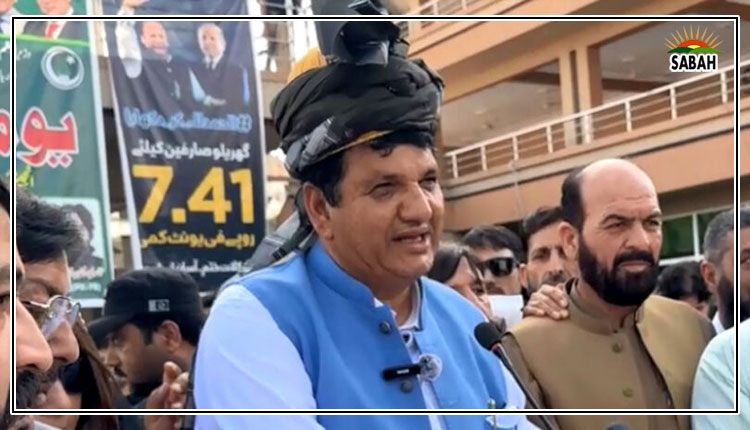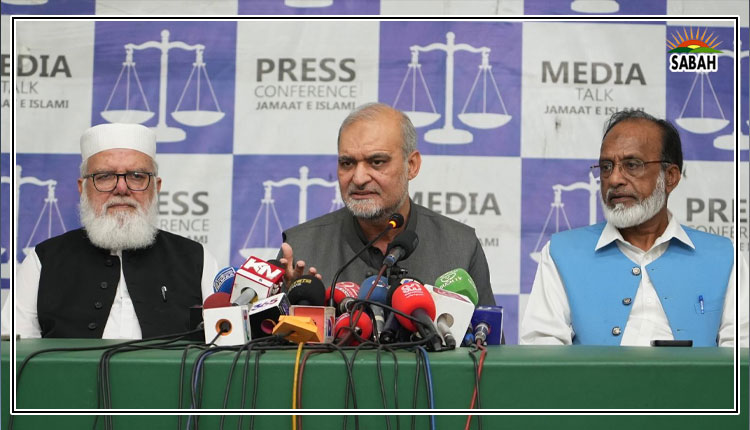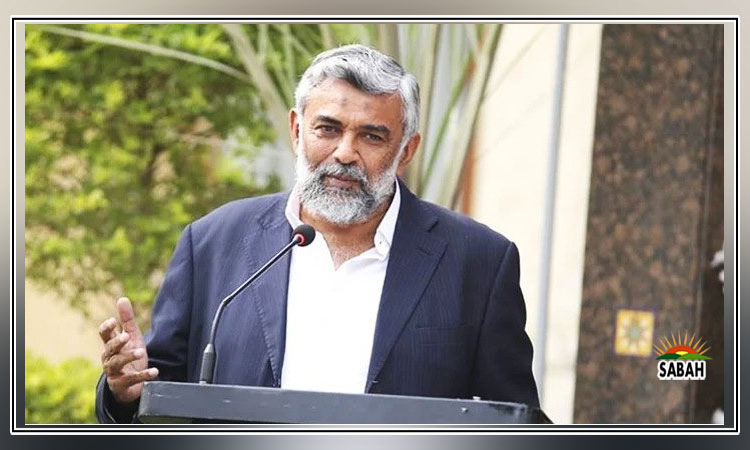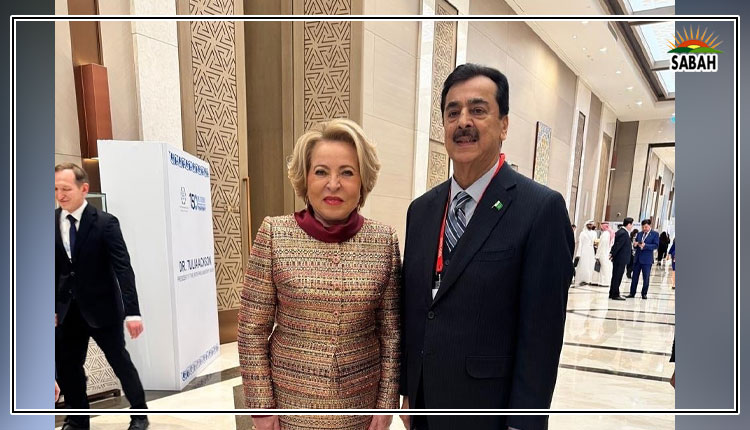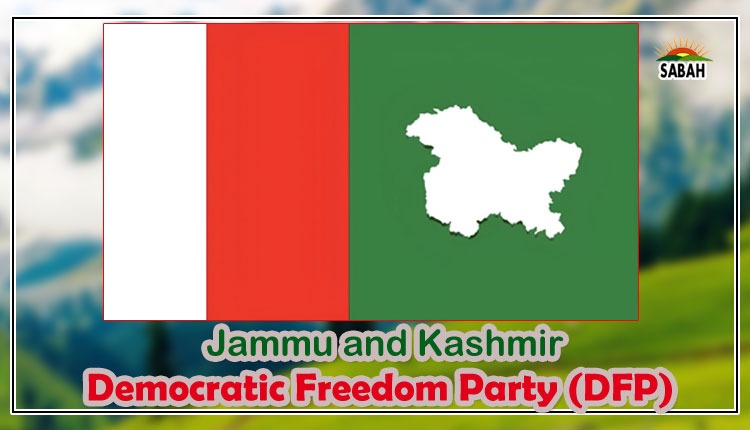Something else about March 23…Jawed Naqvi
MARCH 23 evokes three apparently distinct events in different time zones, which are in a curious way linked. The day marks Pakistans national day. Thats when Delhi-based journalists would wait for their invitation to the annual reception on the Pakistan High Commissions sprawling lawns. Indian invitees included politicians, businessmen, outspoken peaceniks, closet warmongers, and the inevitable sleuths. The prevailing temperature of bilateral ties was gauged from the stature of the chief guest of the day. A foreign secretary or minister showing up was a bonus. Else, a nondescript bureaucrat would be ensconced glumly on the main sofa to indicate the trough.
Kashmiri leaders, many of them in jail today, would hold forth on newly punctuated old scripts about the masla-i-Kashmir. Almost by a rule, the warmest handshake and embrace was reserved by the Pakistani hosts for members often rival members of the Hurriyat cluster.
The advent of the Modi era 10 years ago changed much of that. He locked up the Hurriyat leaders and made it a challenge for Indians to visit the Pakistani embassy. Cops in civilian clothes probe identities, jotting down number plates of cars, often hissing warnings against visiting the enemys estate.
Fahmida Riaz made a vivid observation in her acerbic take on Indians picking up Pakistans bad habits. Tum bilkul hum jaise nikley? (Youve turned out exactly like us, dear bigots?) What is now known as the Modi way of deterring Indians from meeting Pakistanis borrows from the script the Pakistani establishment had successfully used to discourage their people from meeting Indian diplomats in Islamabad.
Cops in civilian clothes probe identities, jotting down number plates of cars, often hissing warnings against visiting the enemys estate.
Not sure if things have gotten any better since 1997 when one visited Pakistan to film a documentary on Inder Gujrals initiative as prime minister for closer ties with Saarc countries. It wasnt difficult to meet people and film interviews in Karachi, and it was surprisingly easy to even interview the former army chief Aslam Beg at his home, opposite the Army House in Rawalpindi. The area is supposed to be out of bounds for Indian visitors, according to visa rules. But Gen Beg promised there would be no trouble since he was calling me to his home. The next day, for no good reason other than perhaps common courtesy, I took a cab to the Indian embassy. The high commissioner gave me lunch at the Marriott where he seemed to be a popular visitor. He later drove me to the office of a foreign news agency where I had to meet friends. The moment the envoys car stopped, and he came out to see me to the gate, loud sirens rent the sky. The doorman was roughed up for not knowing who I was. For the next few days in Islamabad, a motorcycle rider routinely kept a watch on my hosts home. Today, the boot is on the Indian foot.
What was the national day all about, which one could no longer attend in New Delhi? It was the Quaids address to the Muslim League convention on March 23, 1940, in Lahore that created the national day. The address flowed from the mistrust with Nehru that haemorrhaged in the sharp letters they exchanged and which they went on to get published in the press in 1938. From personal law of Muslims to cow slaughter, from the status of Urdu as a language of Muslims to the colour of the national flag, there didnt seem a subject that couldnt be settled amicably by the two educated and articulate men. The outcome was independence that produced a poem of sadness from Faiz, an independence that Gandhi refused to feel joyous about.
Bring in two other events that occurred on March 23, albeit in different time zones, but both of which make the League-Congress dispute seem narrow-minded, unrelated to a truer struggle for freedom. When a kangaroo court hanged the 23-year-old Bhagat Singh in Lahore jail, the British saw in him a Bolshevik, a scholarly admirer of Lenin and Trotsky, a potentially mortal threat to Britains sway in Asia. It had to be nipped in the bud. Bhagat Singhs birthday falls on March 23, and while Jinnah and Nehru opposed the sentence, and saw the Marxist revolutionary as a freedom fighter, he thought little of their ability to deliver genuine freedom to India, one that would free the masses from colonial rule and also from the native exploiters who would be the new rulers.
Stop shouting Long Live Revolution, Bhagat Singh chided his followers in February 1931. The term revolution is too sacred, at least to us, to be so lightly used or misused. But if you say you are for the national revolution and the aim of your struggle is an Indian republic of the type of the United States of America, then I ask you to please let it be known on what forces you rely to help you bring about that revolution whether national or the socialist, or the peasantry and labour. Congress leaders do not dare to organise those forces. When they passed the resolution of complete independence they wanted to use it as a threat to achieve their hearts desire Dominion Status.
What inspired Bhagat Singh in the American fight against colonialism? Is life so dear, or peace so sweet, as to be purchased at the price of chains and slavery? pleaded Patrick Henry with George Washington on March 23, 1775, at a convention where he campaigned for open war with Britain. Give me liberty or give me death. The lines presaged Britains resounding defeat in the battle of Yorktown. It was an act of mercy on Bhagat Singhs troubled soul that he did not live to see what he considered to be short-sightedness of his peers falling way short of his vision of a free people. Preventing the people, thus waylaid, from sharing their joys and sorrows with each other continues to foster the false consciousness, Bhagat Singh had cautioned his comrades about.
Courtesy Dawn


